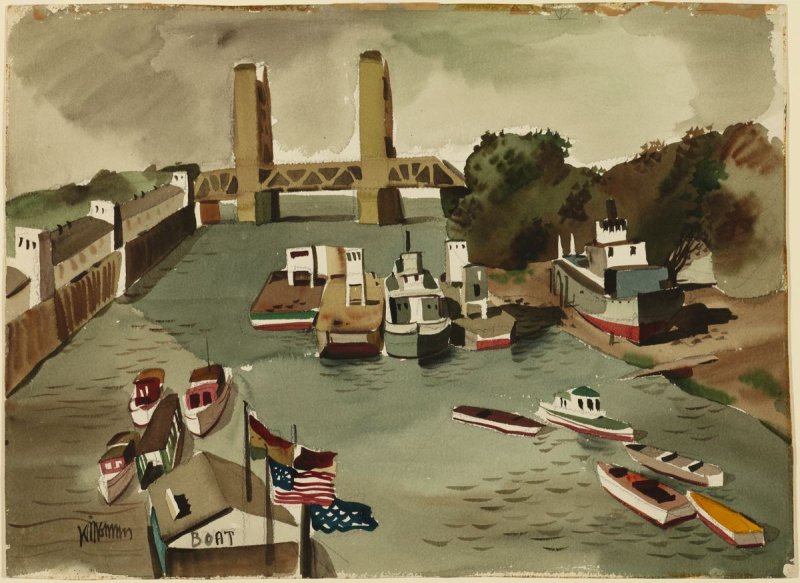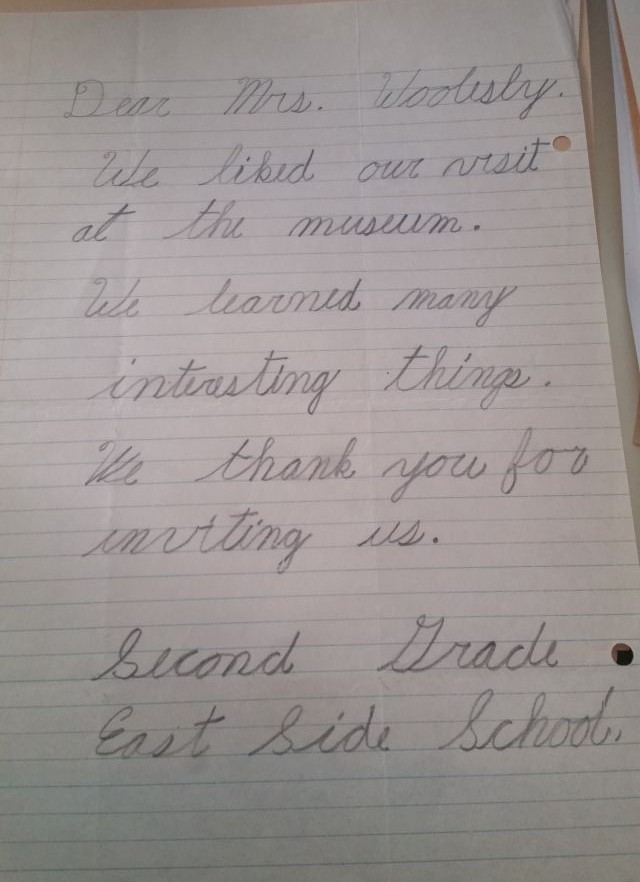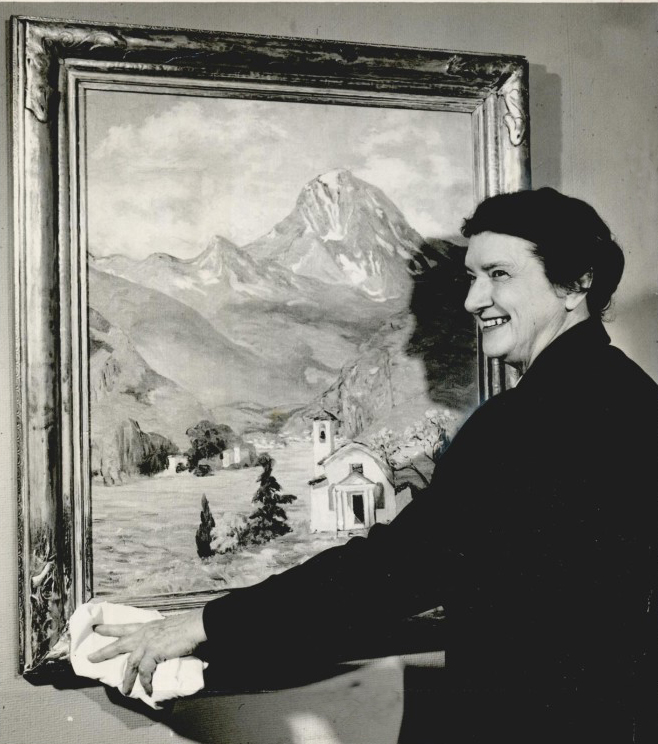Today I wanted to get started with talking about my third reading list, but don’t think that we’re finished with talking about antiracism here. I’ll be sharing a new book here on the first of every month, so we can keep learning together. More importantly, we need to keep taking action through donating money, protesting, voting, supporting black businesses, and more. For a list of things you can do, click here.
Whereas my first two reading lists focused primarily on theory, the last two address more historical content. Yet historians also use different methodological and theoretical questions to frame their work. Over the next few weeks, we’ll tease out some of these major themes and inquiries with regard to the study of U.S. history today.
The first section I looked at focused on the state, or the institutions, policies, and mechanisms of the federal government. Regardless of how you feel about the size and scope of the state, whether it’s too intrusive on individual liberties or not proactive enough with regard to helping the citizenry, we can all agree that it’s grown and changed a lot over the last 200+ years. Indeed, a common inquiry running throughout these texts with regard to the state is, to paraphrase Talking Heads, “how did we get here?”

On a more serious note, I first wrote this post several weeks ago, before the Black Lives Matter protests really got going. In light of the systemic issues these ongoing debates and protests have raised however, the following readings remain relevant with regard to the government, its power, and what it will or will not do for its people. In short, who does the state actually serve?
The books I looked at can be grouped into three clusters, though they all overlap given their common broad interest in the state. The first group takes what I call the long view of history. They examine the development of the state from the founding to the present while trying to ascertain a common quality or characteristic underpinning its various expansions and changes.
For Gary Gerstle’s Liberty and Coercion, that quality is an ongoing tension between the preservation of individual liberties through the limitation of the federal government, and coercion as granted through the police powers of state and local governments. According to Gerstle, the framers of the Constitution developed the three-branch federal government in an effort to limit the central authority, reflecting their disdain of monarchies. What people tend to forget, however, is that the framers, recognizing the government’s obligation to protect its people, granted the police powers traditionally granted to kings, surveillance, martial law, and so forth, to the state governments. As Gerstle argues, this kind of power has subsequently been used to perpetuate racism and other forms of discrimination, as demonstrated through the Jim Crow laws of the South, among other examples. This tension between liberty and coercion has also influenced the growth of the federal government itself. Again taking the long view, Gerstle traces the growth of the state through a series of what he calls improvisations, with the state more or less inventing loopholes to circumvent limitations, with exemptions (e.g using wartime to justify federal action because the conditions are unusual), surrogacy (substituting one service, like supervising the mail to limit the circulation of pornography, to act on other interests, like enacting morality), and privatization (using private businesses to enact federal interests, like the railroad companies to construct a national infrastructure). The result of these methods is a piecemeal rather than comprehensive approach to the federal government, a profound public misunderstanding of the state’s role in daily life due to a conflation of state and federal roles, and a seemingly unbreakable gridlock between Democratic and Republican politicians due to their different understandings of the state and its function in society.
If Gerstle’s work focuses on the historical paradoxes underpinning American government and politics, Daniel Immerwahr’s How to Hide and Empire reinterprets U.S. history through a more geographic lens. He argues that the United States has long exhibited imperial ambitions, but due to its ostensibly republican values, has never stated these interests explicitly, substituting terms like territories or commonwealths for colonies. The result of this murky treatment is that territories like Puerto Rico or Guam tend to get ignored altogether in the U.S. cultural imagination despite their historical and demographic significance, which, as Hurricane Maria has demonstrated, can have fatal effects. Immerwahr then sets out to correct this by writing a narrative of U.S. history that includes its territories.
A second group of works takes a more focused look at U.S. history, with an interest in identifying the critical moment when the modern federal state began to emerge. For Nancy Cohen’s The Reconstruction of American Liberalism, that moment occurred during the Gilded Age. Whereas we often see parallels between our society and the Gilded Age for monopolistic operations and extreme wealth inequality, Cohen argues that we can also trace a lineage to the modern state, and more specifically its ability to step in an interfere with the market. While historians have traditionally traced the beginnings of the modern state to the Progressive era and the demand for more humanitarian treatment of workers through imposing limited hours and other rights, Cohen argues that the expansion of the state began earlier during the Gilded Age. Reacting to the mass democratic possibilities stemming from Reconstruction and the expansion of suffrage, intellectuals and politicians debated whether it was more important to protect mass democracy or private property. They ultimately opted for the latter, and advocated for a government capable of interfering with the market to prevent crashes and other financial disasters. Cohen looks at the rise of the modern state through the lens of capitalism, with the government’s ongoing support of corporate capitalism being one of the major legacies of the Gilded Age, for better or worse.
James T. Sparrow’s Warfare State locates the emergence of the modern state to the mid-twentieth century, and specifically during the Second World War. Like Cohen, Sparrow is also redefining the moment when the federal government as we know it began to grow and coalesce, but whereas Cohen recenters the state from the Progressive Era to the Gilded Age, Sparrow refocuses it from the New Deal to World War II. While twentieth-century scholars have often regarded the New Deal as the era of big government, Sparrow argues that its actual impact in terms of taxation, particularly on the rich, was primarily symbolic. By contrast, the Second World War not only ushered in mass taxation for the first time in American history, but also employed millions of more people than the New Deal’s programs ever did. Additionally, the federal government took on a much more prominent role in the daily lives of Americans, whether through taxation, selling war bonds, or even propaganda against gossip. The key to this expansion, Sparrow argues, was the conflation of nationalism and civic duty with the new government demands and roles. Blurring the homefront with the battlefront, the federal government used patriotism exuded toward soldiers to the benefit of its own programs by arguing that taxation, buying war bonds, and other forms of government action were acts in civic duty. Conversely, as the public became more familiar with the federal government’s presence through taxation and war bonds, they came to expect more of it in terms of providing jobs and other services. This mutual dialogue, Sparrow argues, enabled the growth of the federal government both during and after the war, particularly with the Cold War prolonging the crisis mode of the previous conflict and justifying extreme measures.
The third group of works seeks to expand understandings of government history by integrating gender and sexuality into political history. Margot Canaday’s The Straight State explores the intersection between the growth of the federal government and the emergence of homosexuality as a legal definition. She begins her book by observing that the United States has long been more interested in defining and curtailing homosexuality compared to its counterparts in Europe. She notes that homosexuality as a medical and psychological definition developed at the turn of the twentieth century, around the same time that the federal government began to expand into its modern bureaucratic form. From that observation, she argues that the federal government used its changing perception of homosexuality as a testing ground for defining its own institutional powers through laws and other means. Whereas institutional racism has been interwoven with the government since its founding and earlier, homosexuality emerged in concert with the modern government, and as such played a crucial role in the state’s understanding of both itself and the kind of citizenry it wished to cultivate (i.e. a heterosexual one). As a result, Canaday argues that LGBTQ history, far from a fringe interest, actually constitutes a core aspect of U.S. history and government and should be treated as such.
Robert O. Self’s All in the Family also explores gender and sexuality as part of a broader discussion of the conservative political turn that has taken place in U.S. culture since the 1980s. Taking the Great Society as his launching point, he observes that the white, nuclear family, originally a symbol of government liberal support, has become emblematic of conservative, patriarchal values, a shift that both coincides with, and enables, the neoliberal political turn. He notes that during the 1960s and 1970s, black freedom advocates, gay activists, and feminists critiqued the nuclear family as too confining, and demanded for greater representation in terms of both identity politics and equality rights such as parental leave and abortion access. Conservatives, in turn, reappropriated the nuclear family not as a unit needing the assistance of government programs, but as a traditional, timeless value in need of protection from government interference. They argued that rather than interfere in society, the government should promote a free market system that could play out naturally, a system that would inherently come out in support of the family because it is moral and inherently right. The result of this shift, Self argues, is a government willing to recognize negative rights via identity politics (I acknowledge your identity as gay, black, feminist, etc), but less willing to impose positive rights that actually provide equality. As one example, the government is willing to allow women to pursue careers, but will not offer paid leave, birth control access, or other means that actually enable women to feasibly pursue careers (or at least, not without taking on the additional burden of domestic labor and childrearing). In short, the American government favors liberty over equality, which is in keeping with the pull-yourself-up-by-your-bootstraps mentality that defines the neoliberal turn. Like The Straight State, All in the Family argues that gender, sexuality, and race are critical elements of political history, and should be analyzed in conjunction with government development and legislation.
As someone interested in the Federal Community Art Center Project, exploring the history of the state from different perspectives will benefit my future research. Considering how the state developed and understood itself could be crucial when looking at the kinds of exhibitions it chose to circulate among the states, for instance, especially when it comes to the exhibitions’ role in propagating a national art identity. Additionally, works like All in the Family underscore the importance of considering the significance of women, and more broadly gender, to the Project. Women exhibited their work through the program, women worked at community art centers, and most significantly, a woman, Mildred Holzhauer, selected and compiled the exhibitions that traveled to them. Taking a closer look at the role of women to the Community Art Center Project in its various dimensions could be a very fruitful way of synthesizing the feminist ideas I’ve been exploring in my previous reading lists, as well as provide a focus to the state itself.
Another angle would be to consider the kind of work the state chose to circulate. Beyond stylistic preferences, what did the art exhibited say about the kinds of values the state promoted? Is there an inclination toward domestic subjects, rural or urban settings, or heterosexual identities? What did these works have to say about race, or gender identity? How did these selections compare to more locally-arranged shows, and what do they say about local and national identities? All of these questions could be explored in greater detail.

I’ve only just started this list though, and I’ll doubtless be thinking of other potential angles as I keep working through these texts.







